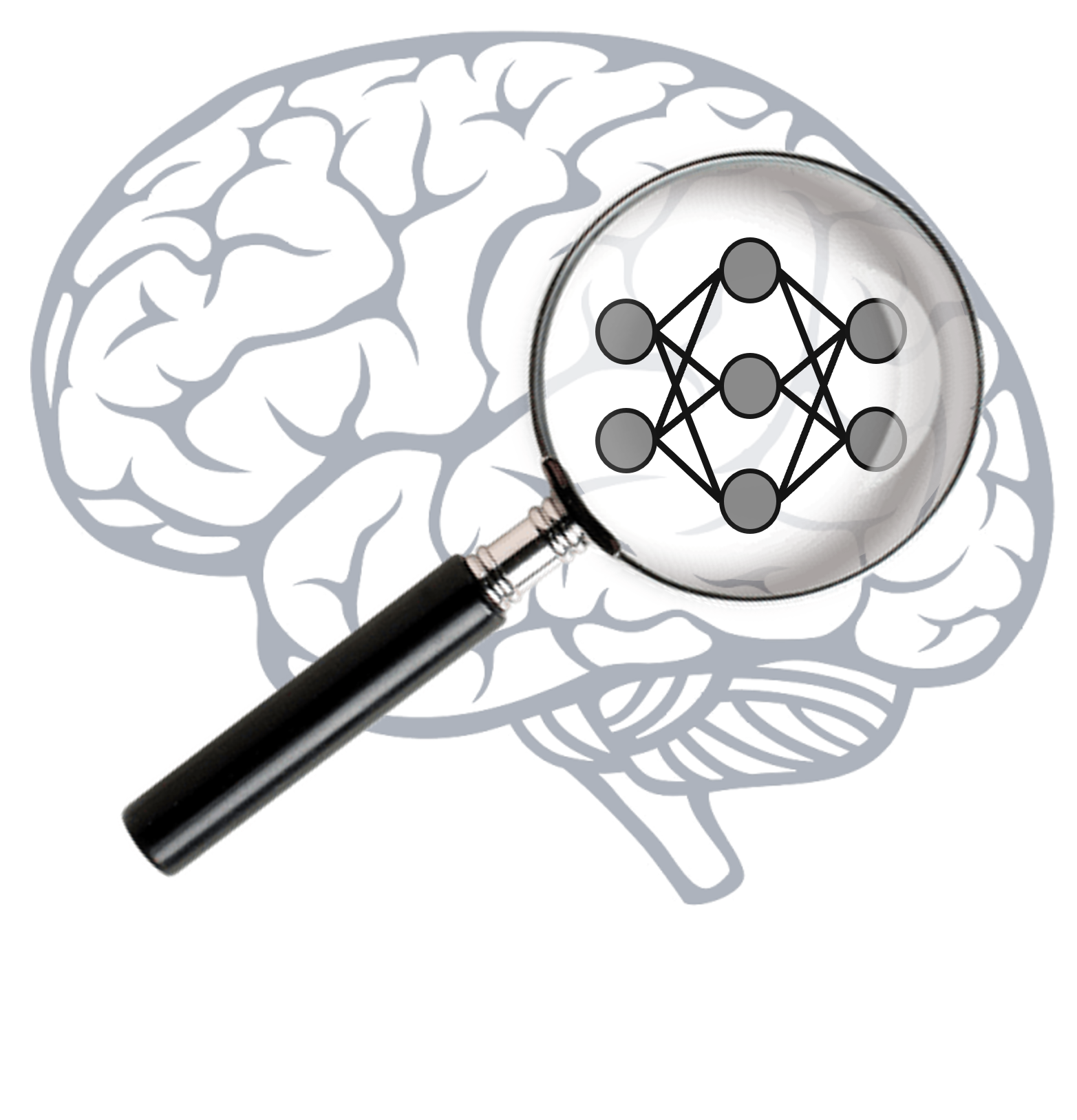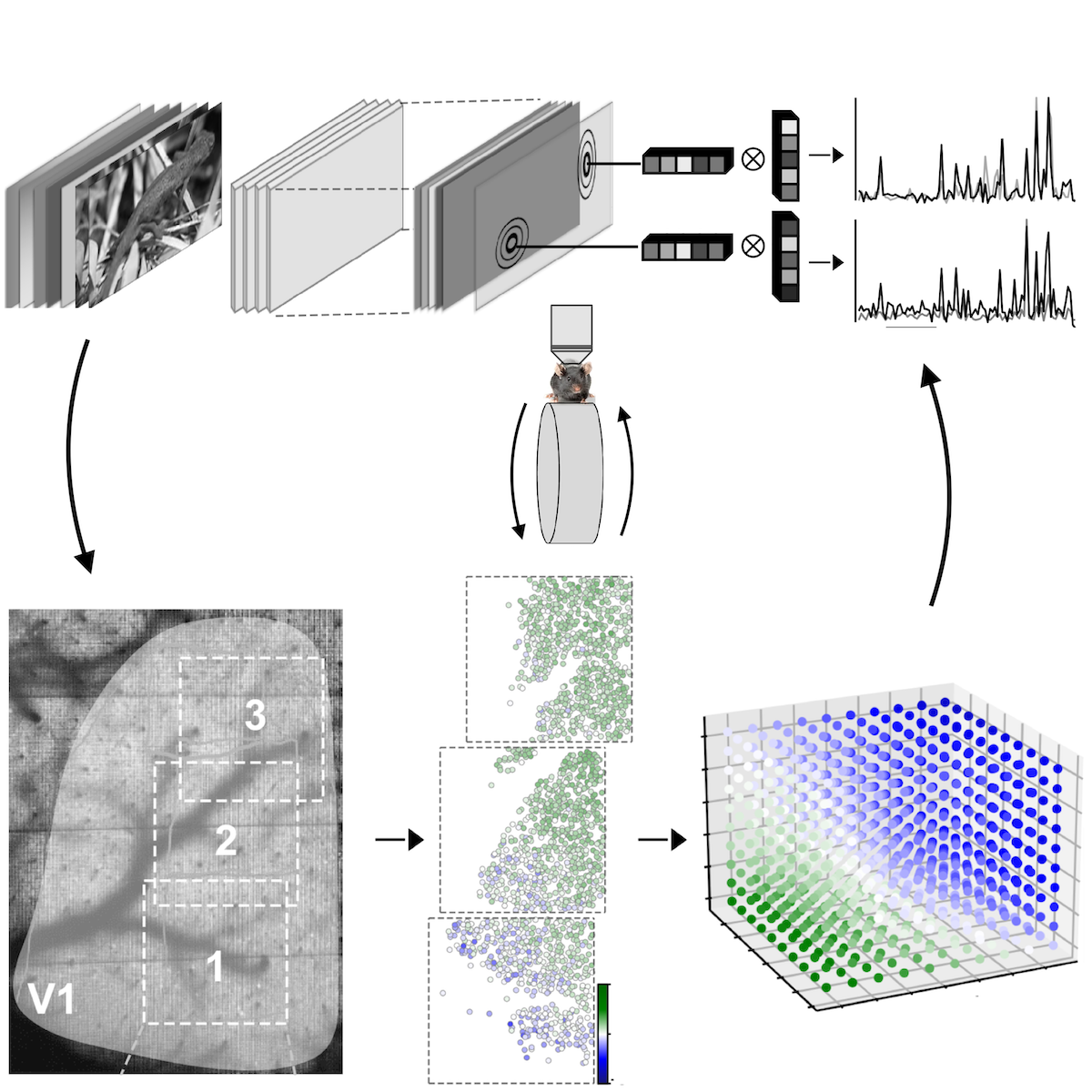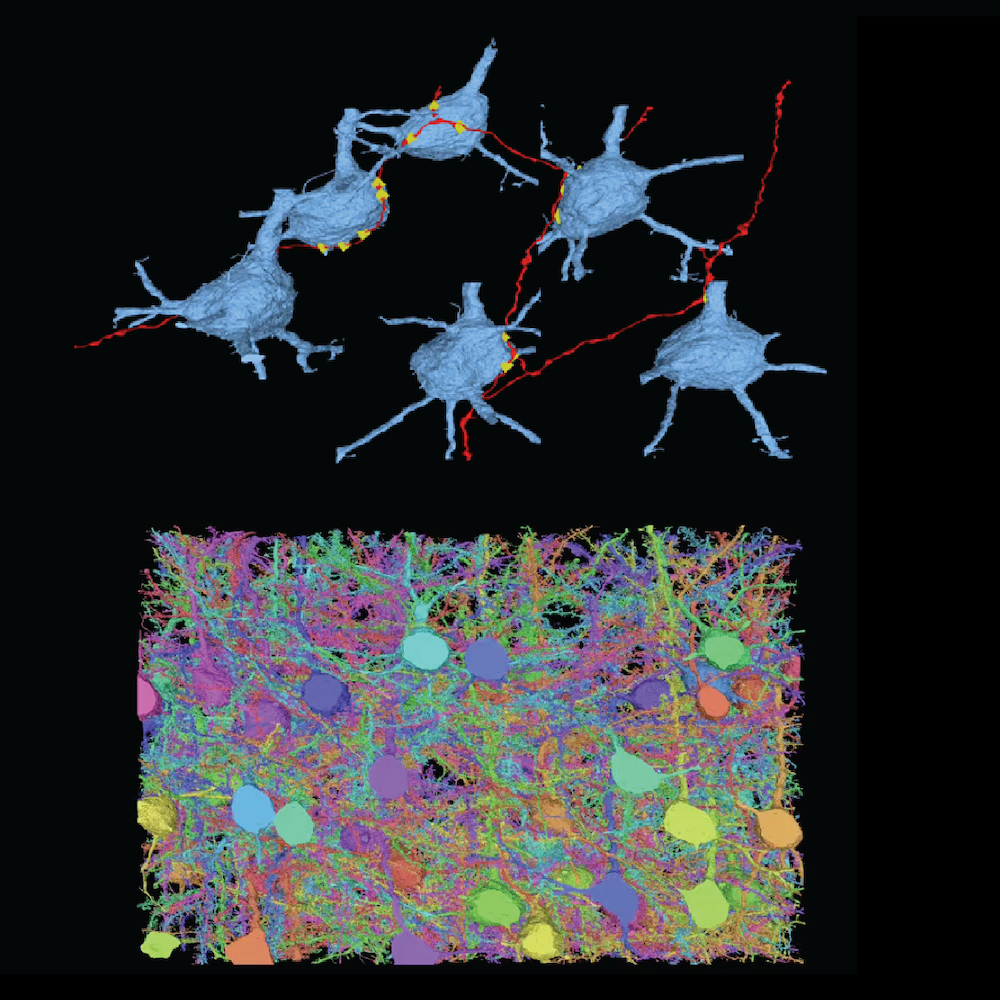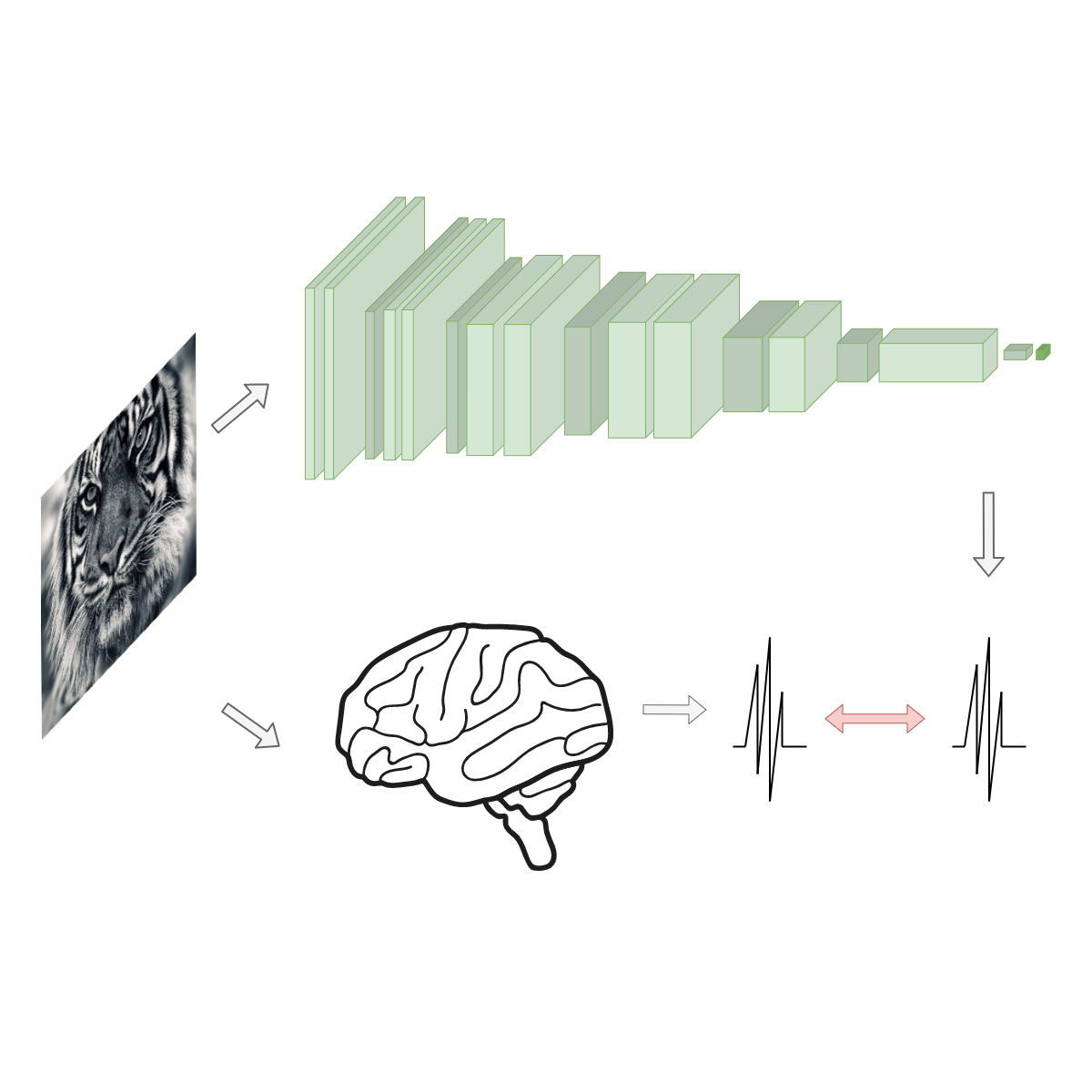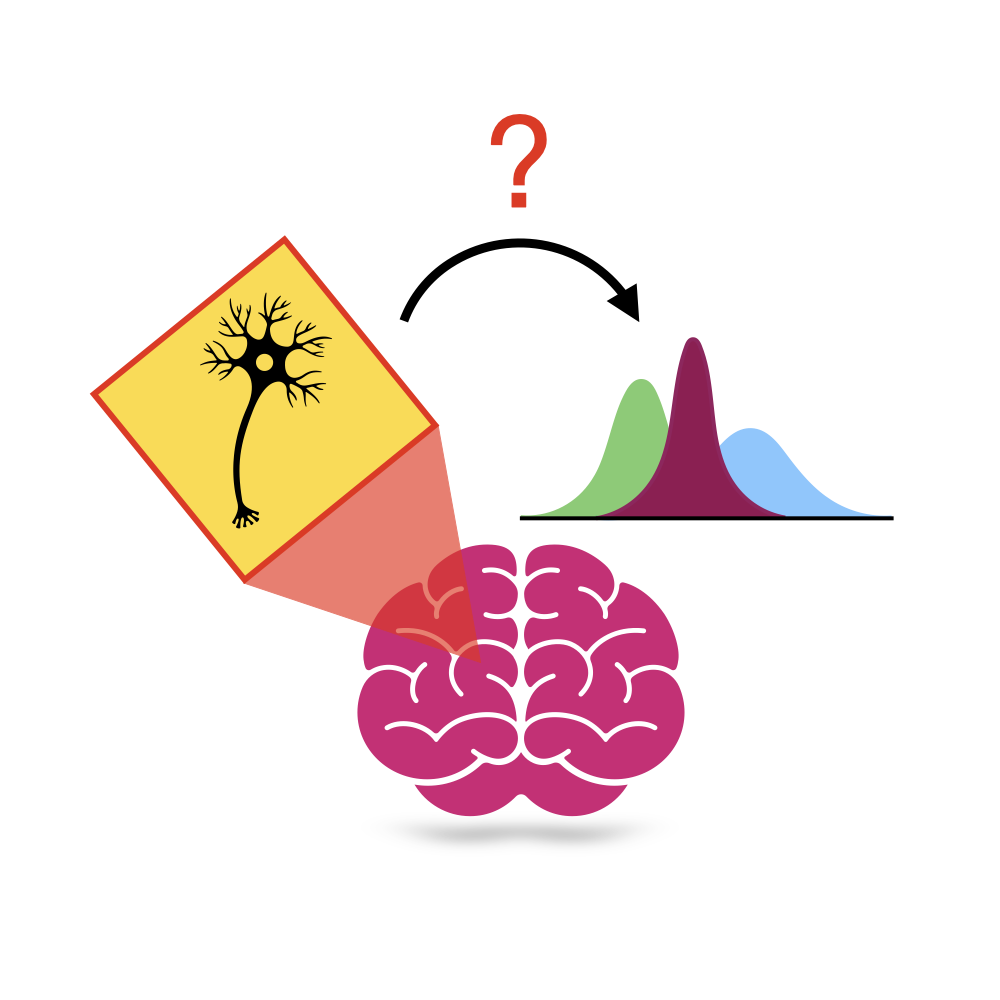Machine Learning and Neuroscience
This page contains all projects in the "Machine Learning and Neuroscience" research area.
Deep networks have set new standards for accurately predicting responses of neurons in visual cortex to arbitrary images. However, these models still do not account for all the explainable variability of the neuronal responses in primary visual cortex. We are building better models for the visual system of mice and monkeys that can accurately predict responses and their per trial variability as well as estimate the general state that the brain was in during presentation of arbitrary visual inputs.
We are using highly predictive deep learning models as in silico avatars of neural populations in visual cortex and analyse their nonlinear properties. Our goal is to find interpretable and experimentally verifiable computational principles of biological vision. We do this by synthesizing new stimuli for neuroscientific experiments in silico and verifying them in vivo with our collaboration partners. We call this cycle “Inception Loops”.
The mammalian visual system generalizes robustly across a wide range of perturbations and changes of contexts, while state of the art computer vision networks are easily thrown off. One way to explain this generalization ability are better inductive biases encoded in the representations of visual stimuli throughout the visual cortex. We are studying mechanisms to transfer inductive biases between brains and machines to improve the generalization ability of artificial networks, and get a better understanding of what lets real brains generalize so well.
We are developing trainable models of normative theories for computations in
the visual cortex that can be fitted to real neuronal responses. Our goal is to
provide strong quantitative tests for normative theories about the principles
of computation in vision.
